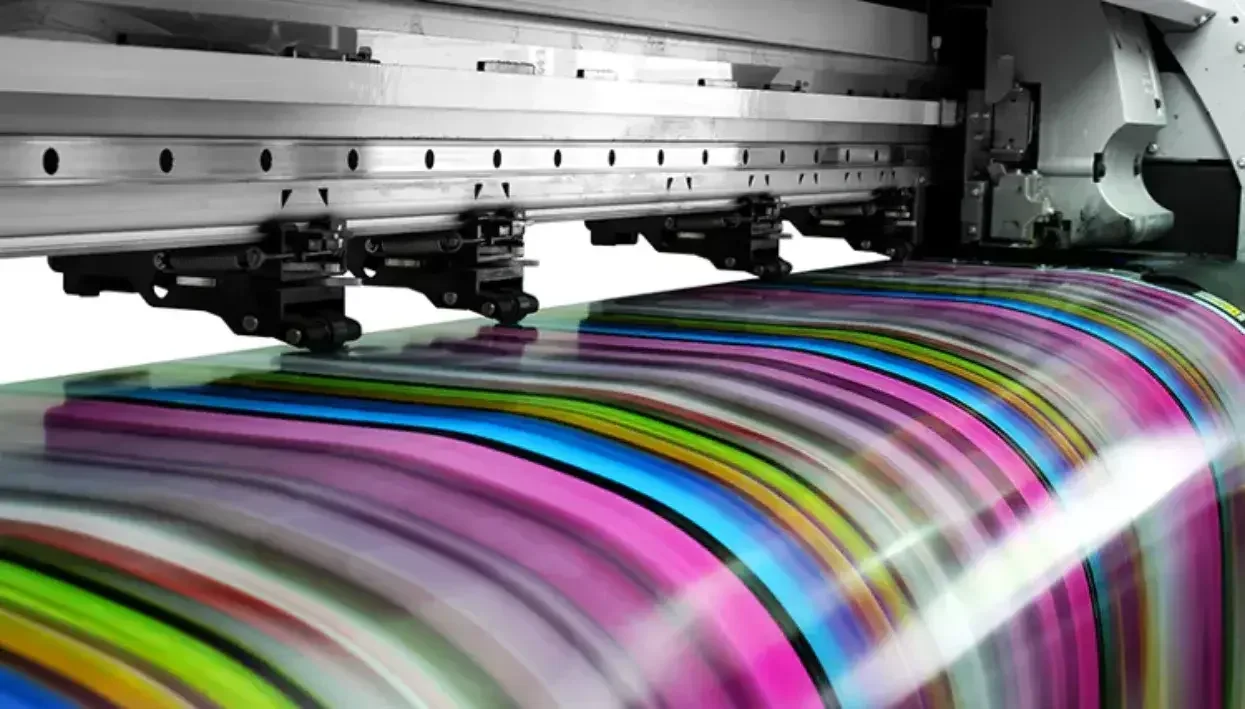Digital Printing
Inks
Single-pass or multi-pass inkjet?
Author
FESPA Staff
Published Date
11/09/2018
Become a FESPA Member
to Continue Reading
